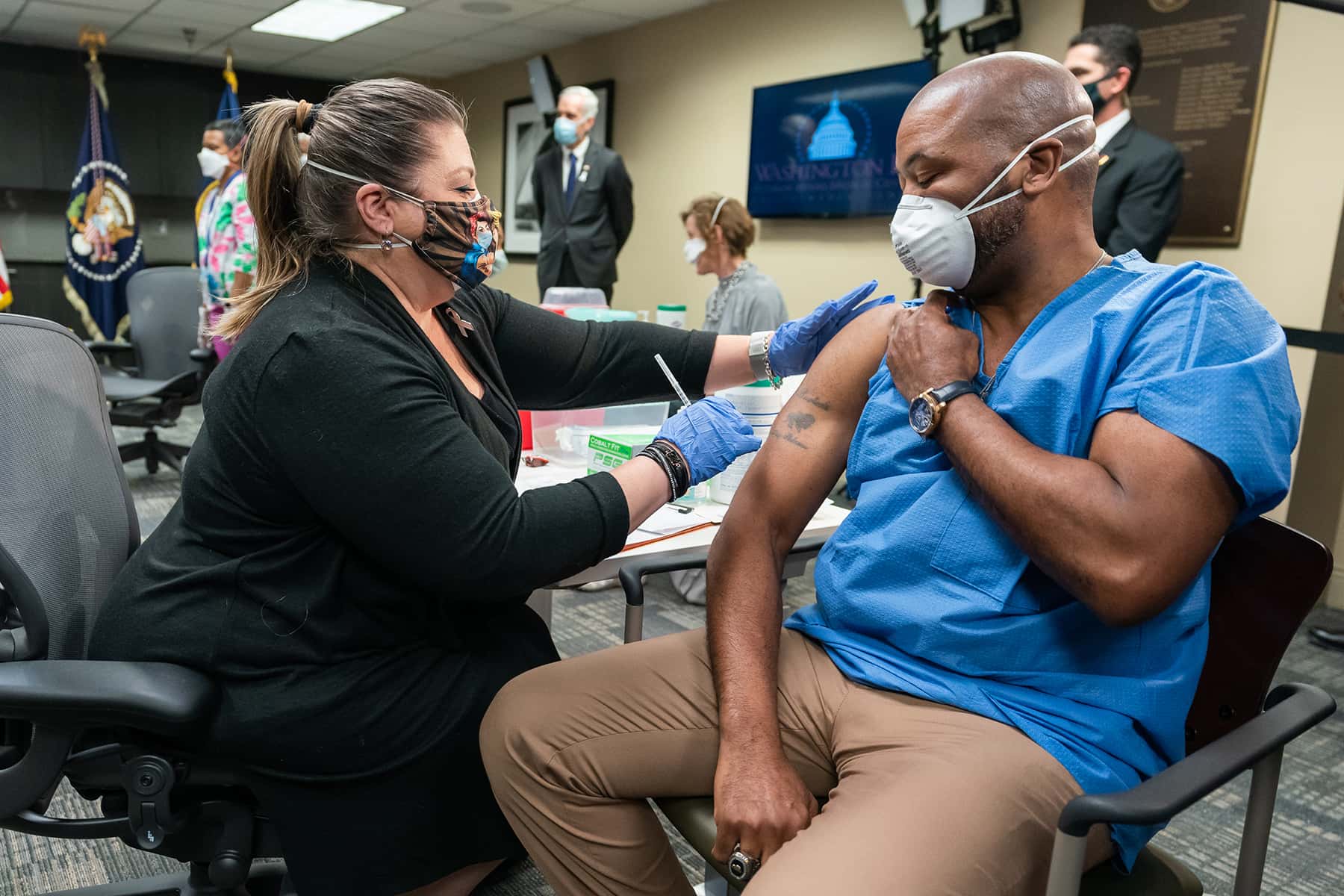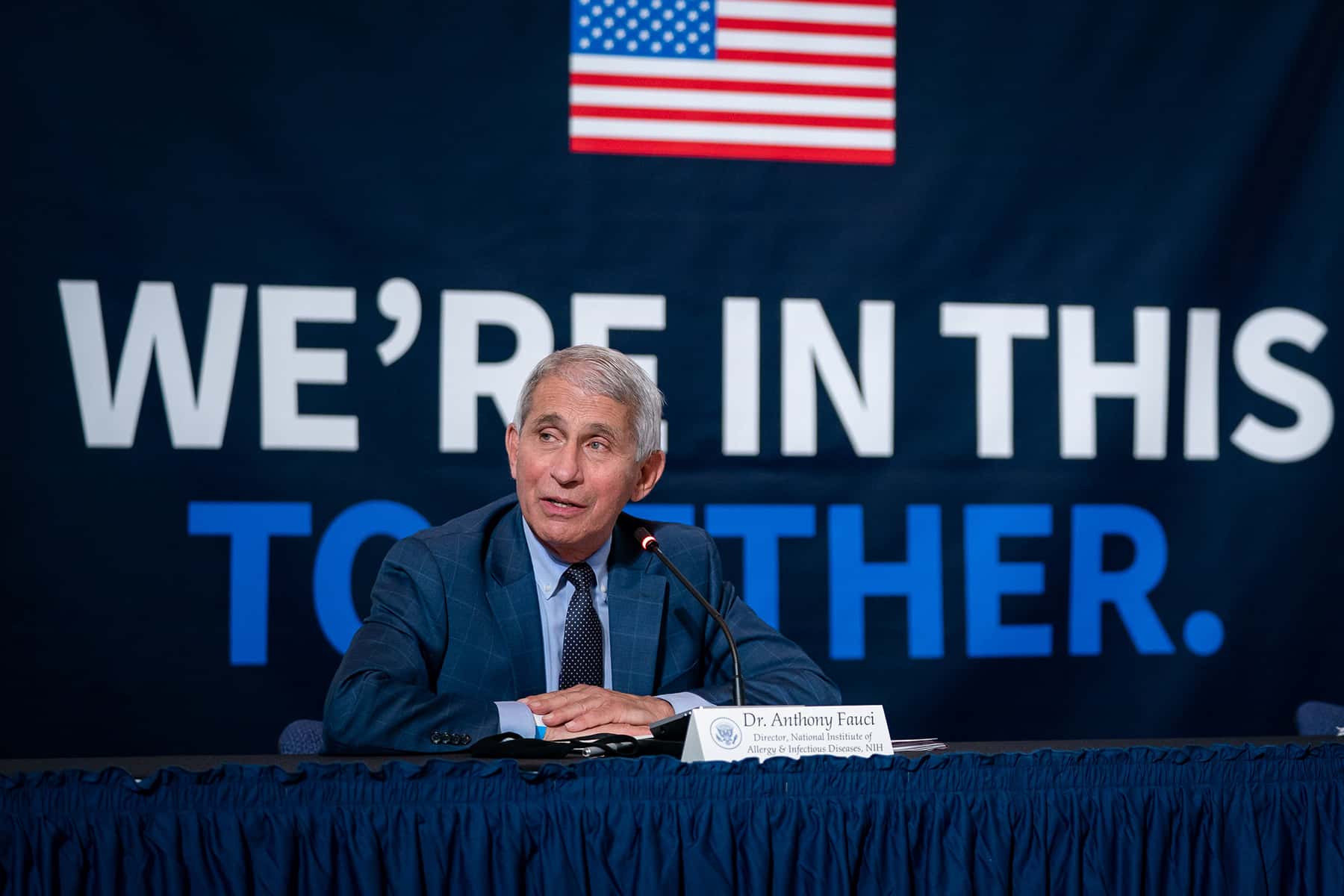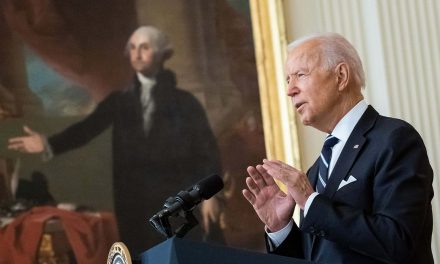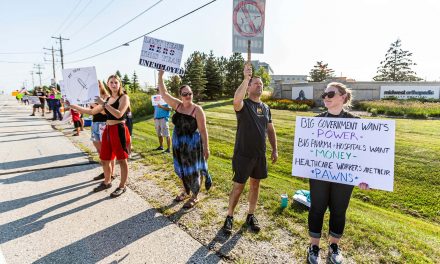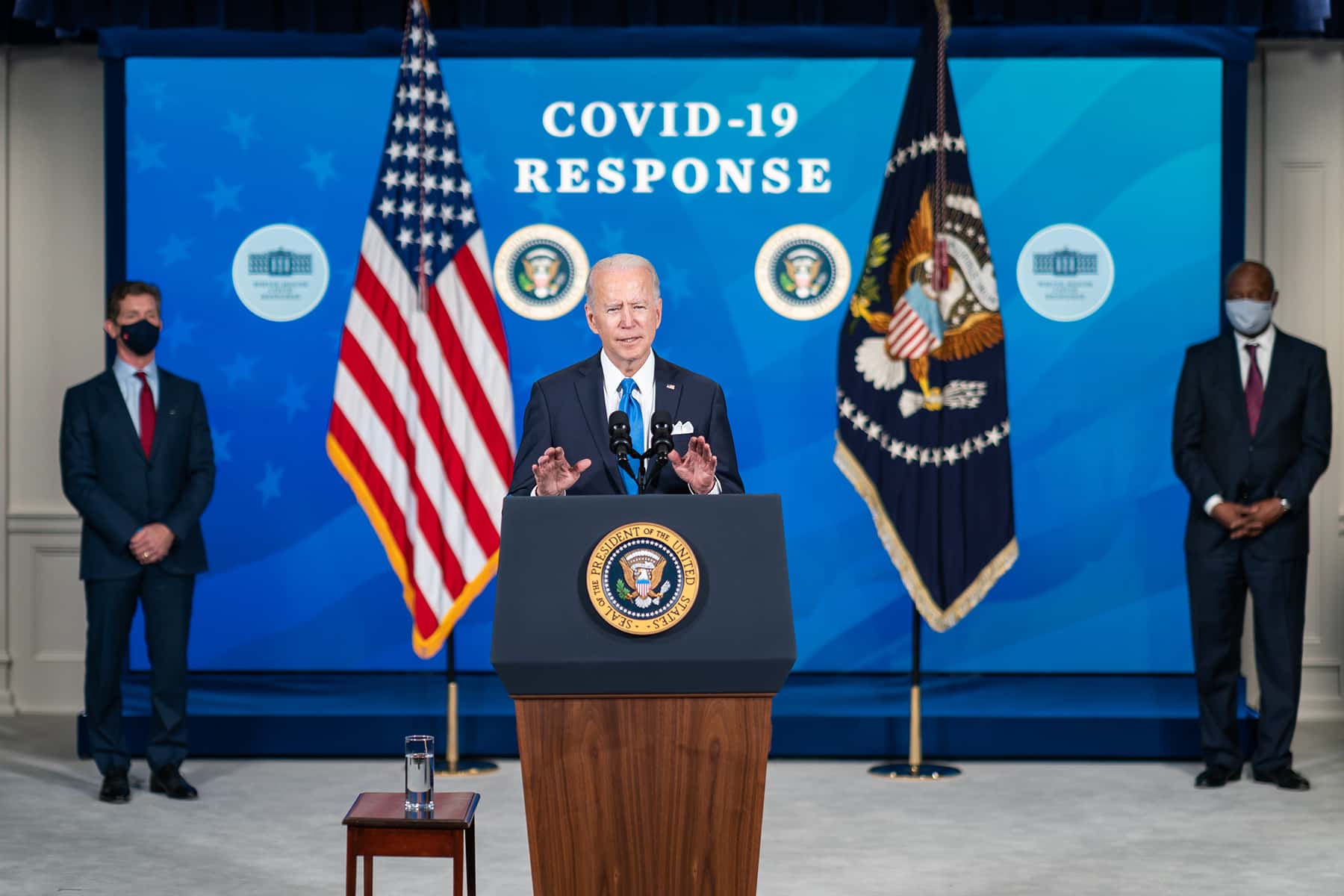
The 1918 influenza pandemic killed at least 50 million people across the world, including about 675,000 people in the United States. And yet, until recently, it has been elusive in our popular memory. America’s curious amnesia about the 1918 pandemic has come to mind lately as the United States appears to be shifting into a post-pandemic era of job growth and optimism.
A year ago, I noted that we were approaching 17,000 deaths from Covid-19. Now our official death count is over 560,000. If anyone had told us a year ago that we would lose more than a half million of our family and friends to this pandemic, that number would have seemed unthinkable. And yet now, as more shots go into arms every day, attention to the extraordinary toll of the past year seems to be slipping.
Remembering the nation’s suffering under the pandemic matters because the contrast between the disastrous last year and our hope this spring is a snapshot of what is at stake in the fight over control of the nation’s government.
Ever since President Ronald Reagan declared in his 1981 inaugural address that “government is not the solution to our problem; government is the problem,” Republicans have argued that the best way to run the country has been to dismantle the federal government and turn the fundamental operations of the country over to private enterprise. They have argued that the government is inefficient and wasteful, while businesses can pivot rapidly and are far more efficient than their government counterparts.
And then the coronavirus came.
The president put his son-in-law, Jared Kushner, in charge of the nation’s response to the pandemic. Kushner sidelined career officials who knew how to source medical supplies, for example, in favor of young volunteers from investment banks and consulting firms. The administration touted what its leaders called an innovative public-private partnership to respond to the country’s needs, but a report from Representative Katie Porter (D-CA) documented that as late as March 2, the administration was urging American businesses to take advantage of the booming market in personal protective equipment (PPE) to export masks, ventilators, and PPE to other countries. Porter’s office examined export records to show that in February 2020, “the value of U.S. mask exports to China was 1094% higher than the 2019 monthly average.” Meanwhile, American health care providers were wearing garbage bags, and people were sewing their own masks.
As the contours of the crisis became clearer in late March, business leaders turned to Kushner to provide national direction. He told them: “The federal government is not going to lead this response…. It’s up to the states to figure out what they want to do.” When one leader told him the states were bidding against each other for PPE and driving prices up, he responded: “Free markets will solve this…. This is not the role of government.”
Meanwhile, Trump’s trade adviser Peter Navarro was so worried about the administration’s failure to buy critical medical supplies that he undertook to find them himself, haphazardly committing more than $1 billion of federal money to invest in drugs and supplies. Among other things, he bypassed normal procurement chains and arranged for a loan for Eastman Kodak, a company known for its work in the process of photography, to produce drugs to fight the pandemic. (The company’s stock price jumped from about $2 to $60 a share upon the news of the deal, and the loan was put on hold. Navarro called Eastman Kodak executives “stupid.”)
As infections and deaths continued to mount, the administration repeatedly downplayed the emergency. Today we learned that by May, science adviser Paul Alexander and his boss, Michael Caputo, the assistant secretary for public affairs at Health and Human Services, were working to change the language officials at the Centers for Disease Control and Prevention used to warn of the dangers of the disease. “I know the President wants us to enumerate the economic cost of not reopening. We need solid estimates to be able to say something like: 50,000 more cancer deaths! 40,000 more heart attacks! 25,000 more suicides!” Caputo wrote to Alexander on May 16.
By July, Alexander was calling for the administration to adopt a strategy of herd immunity, simply letting the disease wash over the country. “Infants, kids, teens, young people, young adults, middle aged with no conditions etc. have zero to little risk….so we use them to develop herd…we want them infected,” he wrote to Caputo.
In keeping with the theory that the federal government had no role to play in combatting the pandemic, as the fall progressed and it appeared there might be a workable vaccine by 2021, the Trump administration made no plan for federal distribution of the vaccine. It figured it would simply deliver the vaccine to the states, which could make their own arrangements to get it into people. The states, though, were badly strapped for money either to advertise or to deliver the shots.
Infections surged terrifyingly after November until by late January, when Trump left the White House, new infections had reached about 250,000 a day and about 3000 people were dying of Covid-19 daily. With 170 deaths for every 100,000 Americans, the U.S. outstrips every other country in the world for the devastation of this disease. (Brazil, with 159 deaths for every 100,000 people, is second.)
In contrast to Trump, President Biden has used the pandemic to show what the federal government can do right.
The night before he took office, he held a memorial for the Americans who had died in the pandemic. Once in the White House, he dedicated the federal government to ending the scourge. On January 21, he issued a national strategy for responding to the crisis that began by declaring “the federal government should be the source of truth for the public to get clear, accessible, and scientifically accurate information about COVID-19.”
He begged Americans to wear masks, used the federal Defense Production Act to get supplies, got money to states and cities, bought vaccines, and poured money into the infrastructure that would get the vaccines into arms. As of today, the U.S. is averaging 3 million shots a day, and a third of the population has received at least one dose of a vaccine. Twenty percent of us are fully vaccinated, including 60% of those 65 and older.
Cases of infection are dropping to about 66,000 cases a day – well below the January surge but still high. The arrival of new, highly contagious variants continues to threaten worrisome spikes, but we are not, so far, facing the sort of crisis that Brazil is, where right-wing President Jair Bolsonaro opposes a lockdown, arguing that the damage a lockdown would do to the economy would be worse than letting the virus run its course. Hospitals in Brazil are overwhelmed, and this week more than 4,000 people died in 24 hours for the first time since the pandemic began. Meanwhile, the vaccine rollout in Brazil has been slow.
In America, the two very different responses to the pandemic have given us a powerful education in government activism. “For the past year, we couldn’t rely on the federal government to act with the urgency and focus and coordination we needed,” Biden said, “And we have seen the tragic cost of that failure….”
As time moves forward, if we really do get into the clear, it is entirely possible that the 2020 pandemic will fade into the same sort of vagueness that the 1918 pandemic did. But what it has taught us about government is important to remember.
Adam Schultz / The White House
Letters from an Аmerican is a daily email newsletter written by Heather Cox Richardson, about the history behind today’s politics

